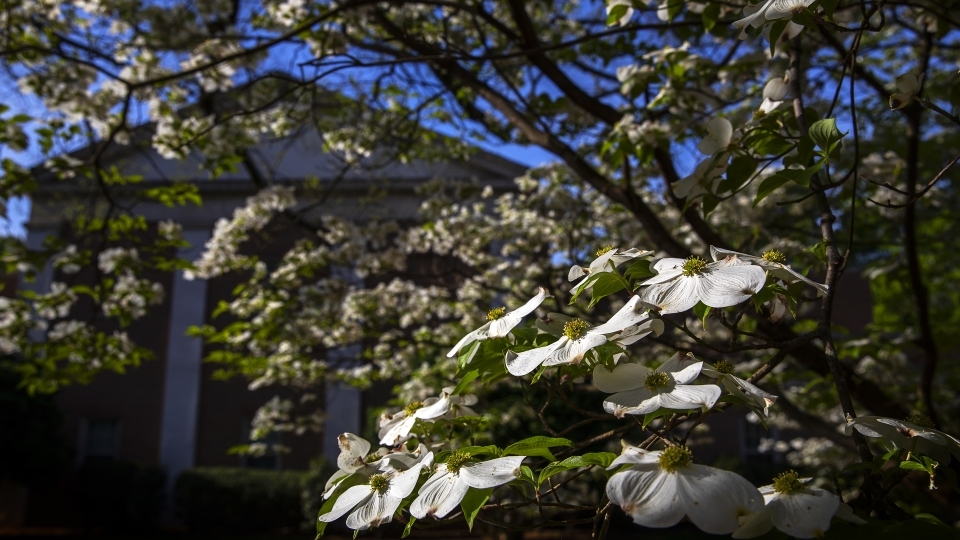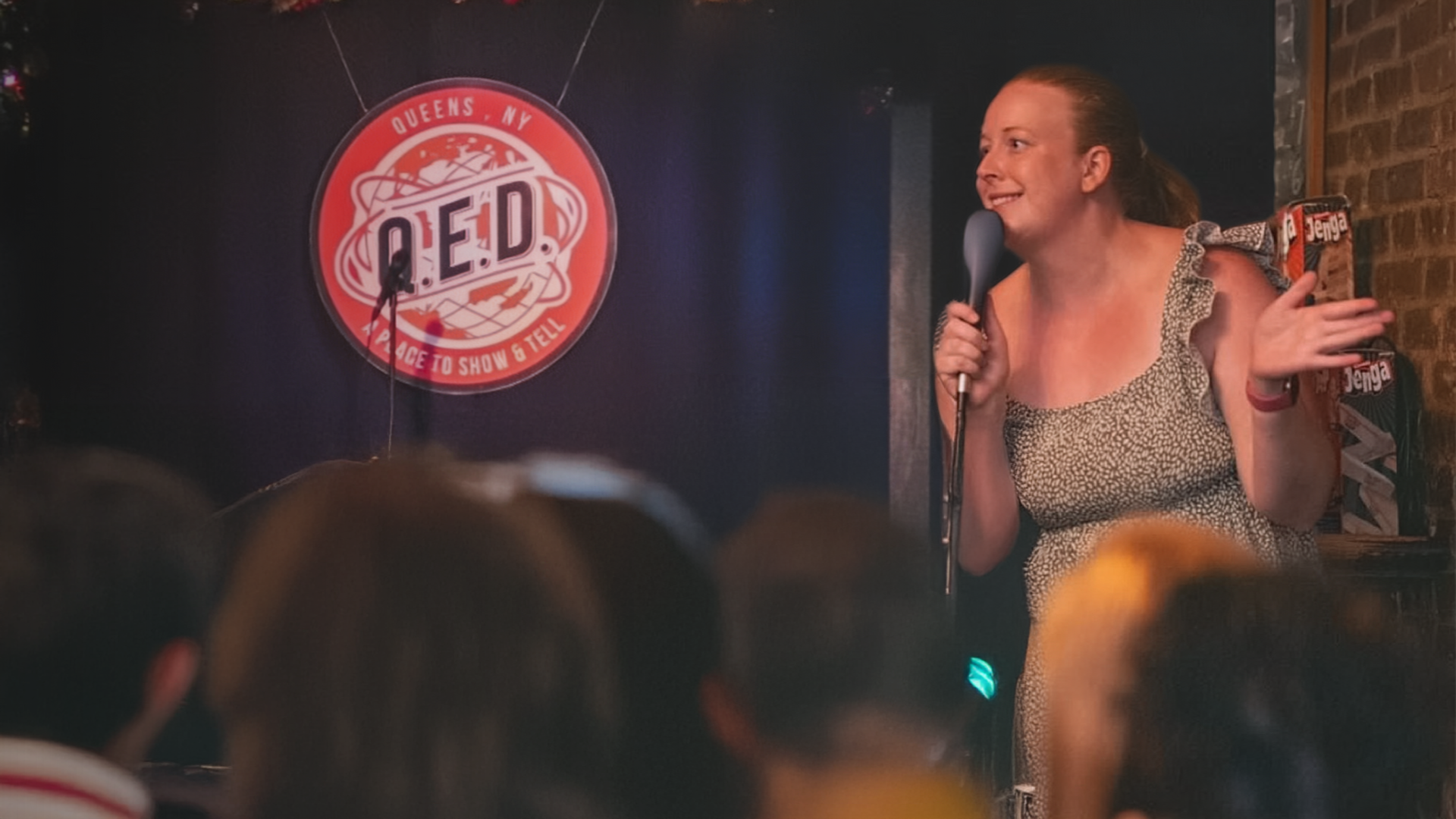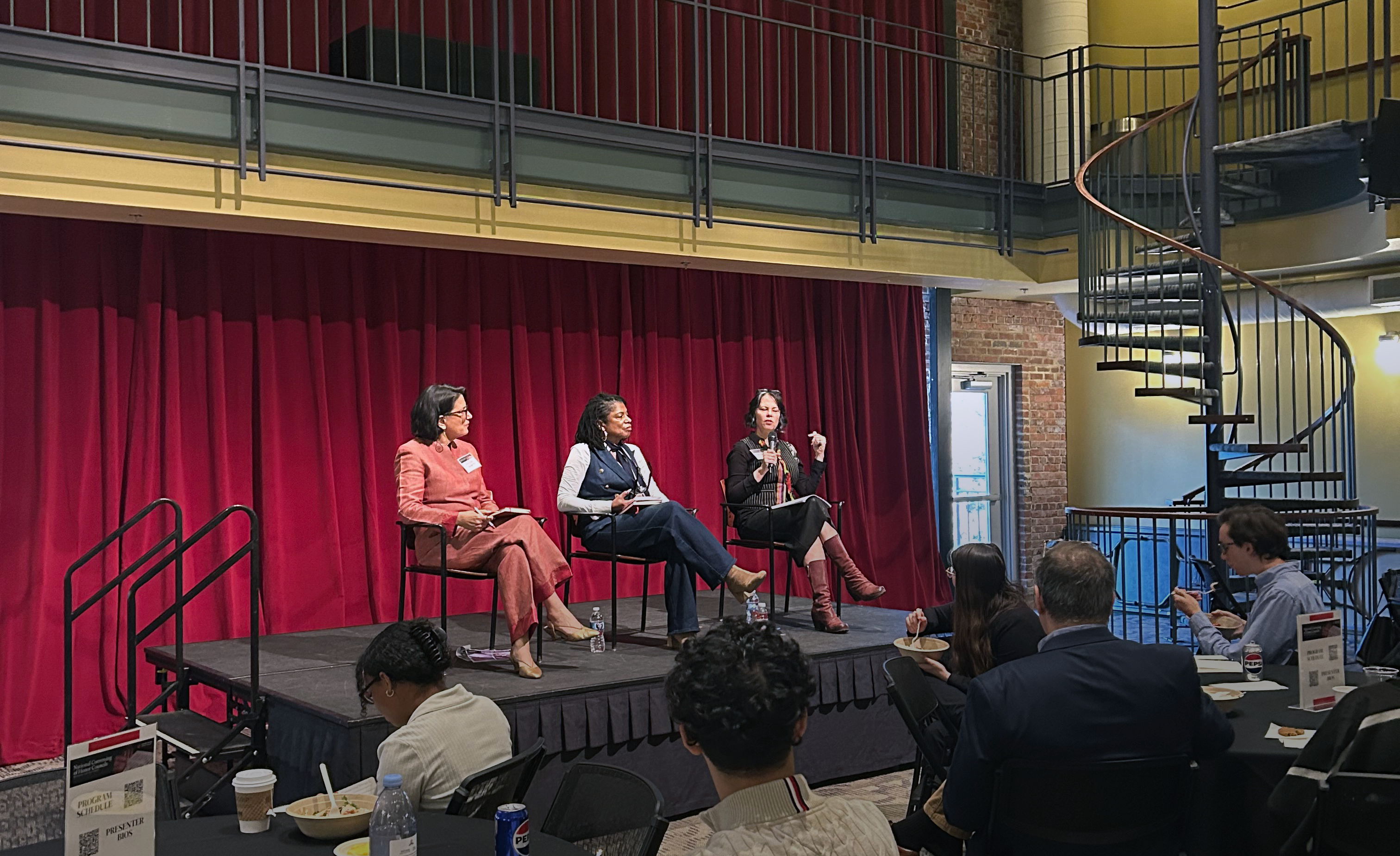Honoring and Remembering Begins With Stories Rather Than Stone
July 20, 2021
- Contact
- Special Committees

The Trustees’ Special Committee on Commemoration started with a clear focus: It’s about the people. The committee began with the fundamentals of understanding those whom the college seeks to commemorate – the enslaved persons and others whose labor was exploited for the college.
Commemorations often turn quickly to the design of a monument, style of sculpture or words to be inscribed. The committee began with the fundamentals of understanding those whom the college seeks to commemorate – the enslaved persons and others whose labor was exploited for the college.
At its first meeting, the group welcomed Castella Conner, Application Processing Manager with the Office of Admission & Financial Aid. Conner’s parents, brother and aunt – Conner’s namesake – all worked for the college with 150 years of service among them. She is a trustee at one of the four largest, predominantly Black churches in Davidson and emphasized that all four congregations include descendants of enslaved persons who labored on the campus.
A commemoration on campus – a statue, perhaps – might “make you feel better,” Conner said to the group, “but you have to be aware that it can cause pain for the descendants of those who were enslaved. It has to be in context. It can’t be the only thing that you do.”
The committee started digging into the record. In February, Archives and Special Collections staff walked the group through the college’s history around slavery, from shortly before the college’s founding in 1837 through emancipation. The archivists offered documents, videos, database websites and expert insight.
“We needed to gather information and form understanding,” said Trustee and Committee Chair Virgil Fludd, “not just about enslaved persons and what happened at Davidson, but about how a commemorative site best has impact and helps others learn.”
Committee members gathered a trio of experts to help better understand commemorative sites of all types, in all places. The group was led by Dr. Hilary Green, then-Vann Professor of Ethics in Society, and included Cort Savage, Professor of Art and Chair of the Art Department; and Lia Newman, Director and Curator of the Van Every/Smith Galleries. The group explored commemorative sites around the globe that recognize a range of tragedies and atrocities, from war to the Holocaust. They concluded the overview with a look at commemorations of race and slavery in the United States.
The people, the records and the successful efforts completed across the world’s continents guided the committee’s work and offered characteristics and priorities that stood out as essential
- Use the College’s archives to acknowledge individuals and family legacies.
- Acknowledge the atrocities, injustices, omissions, and blind spots of the past while also imagining a new future.
- Stir empathy, and focus on perseverance, triumph, and the valuable contributions of those being commemorated.
- Include an interactive element and engage multiple senses.
- Acknowledge what we don’t know and allow for new research and discoveries.
- Focus on the roles and history of Davidson College and the town of Davidson in the institution of slavery.
- Weave together artwork, landscape design, and function so that individuals each draw a unique reaction and that the site also can serve as part of the setting for campus gatherings or community events.
The committee wants alumni, the campus community, the town of Davidson community and others to participate as the group continues to gather information and insights and presents what they have learned. They plan a variety of opportunities, both in-person and virtual, for members of those communities to join them.
The group now is exploring the Davidson campus itself, hoping to make the job of selecting a site easier. They recognize the need for the commemoration to stand in a high-visibility location, near the academic core of campus and close to historically significant buildings. The site also should be easily accessible to members of the Davidson community. As part of that fact-finding, committee members will visit campus in July and meet with campus planners.
Similarly, before artists or contractors can be lined up, the committee needs to narrow the universe of possible partners and plans to publicly request interested artists and design teams to submit presentations on why they are qualified for the project.
The committee plans a virtual forum in September to provide community members with an opportunity to learn about the committee’s work, and the process they plan to follow for creating a commemorative project on Davidson’s campus.
Further down the road, a jury composed of committee members and representatives from the campus and local community will identify finalists. A slate of three finalists will be recommended to the Campus Planning and Use Committee and the Board of Trustees for approval in early 2022.
Finalists will visit campus as early as spring of 2022 to talk with alumni, archivists, historians, students, campus planners, faculty, and community members to learn more about Davidson’s history, the site, and the scope for the commemorative space. The committee anticipates the final selection of the winning artist or creative team to be announced in the late summer of 2022.
The timeline for the installation of the new commemorative site will depend on the scope of the winning design and a successful fundraising effort for the project.



